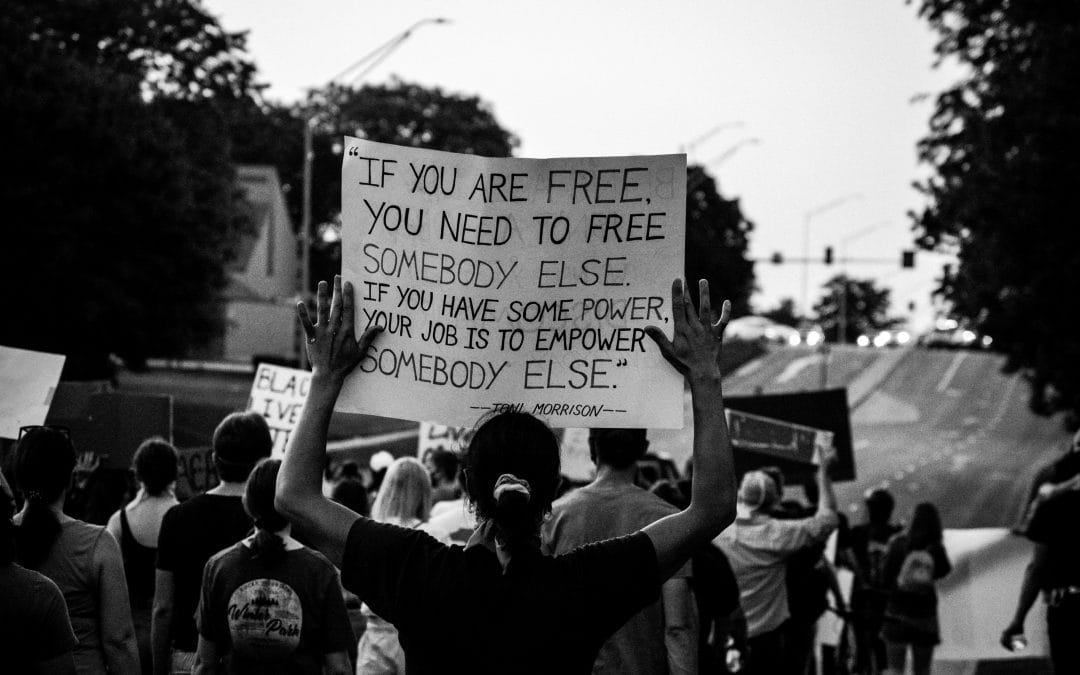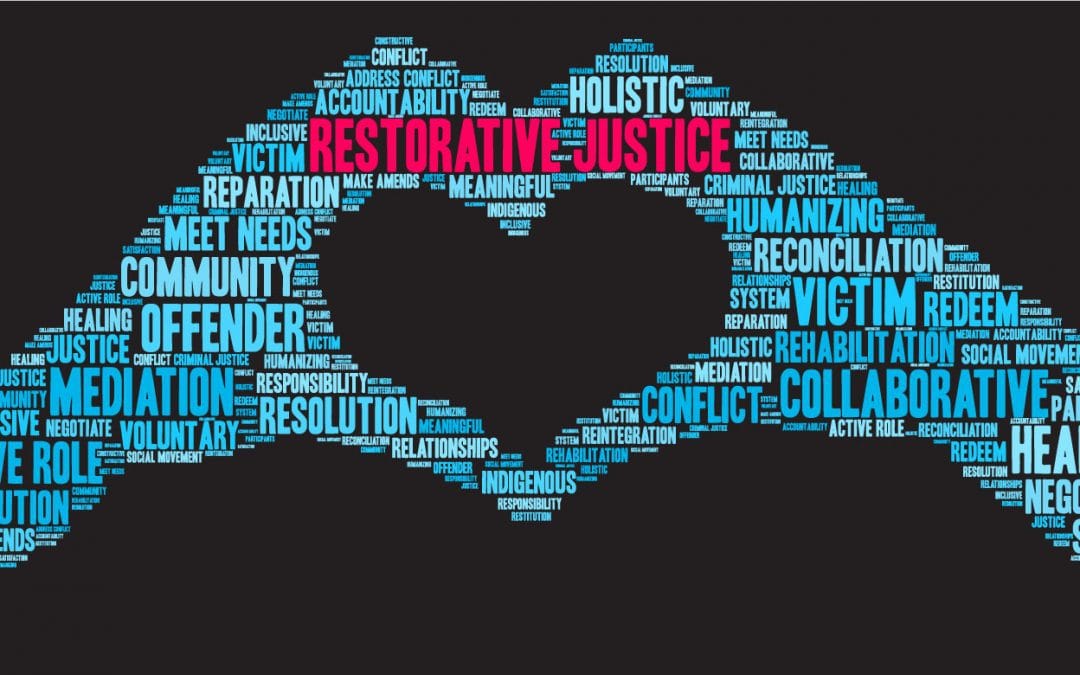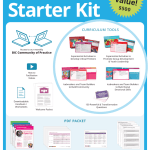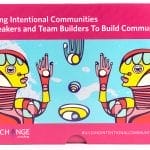Of course, we all want greater equity and inclusion in our workplace. Ideally, focusing on inclusion results in everyone on our teams, regardless of race, class, gender, physical or mental ability, spoken language, immigration status, or age (to name a few) feeling a sense of belonging at work.
The recent racial justice movement in our country gave particular light to injustices caused to black, brown and indigenous communities. This gave rise to organizations everywhere asking themselves – are we racially inclusive? Where do our workplace practices create disproportionate stress on my non-white staff? To help organizations reflect on these questions, we launched our Becoming an Antiracist Organization initiative.
Racial Equity and Inclusion Factors to Consider
Dealing with racism is not the most important thing to become a more inclusive workplace — although of course racial inequity is a clear way to track inequality and outcomes in an organization. Here are some factors to consider:
- What % of your staff are non-white?
- Of these, what % are:
- Black
- Indigenous
- LatinX
- Asian
- Of these, what % are on your:
- Board
- Leadership Team
- Supervisors
- Longer-tenured Staff
It is common to see higher levels of white or lighter skinned staff at the top levels of an organization, and more people of color as you get to the lower and lower tiers of your organization. So taking a moment to hold a race-specific lens matters. But that doesn’t mean that race is the only factor that you are looking at when thinking about becoming an antiracist organization.
Acknowledge The Ways White Supremacy Beliefs Inform Organizational Practice
White supremacy centers a very limited and narrow set of qualifications or qualities as those worthy of merit or success. So it is true that cis-gendered white men who are able-bodied and middle aged tend to float to the top of an organization. But it is also true that people who think quickly on their feet, are extroverted, think in bullets and respond succinctly to email are seen as more worthy or valuable to an organization as well. Sometimes cisgendered white people overlap with the qualities of white dominant culture and sometimes they don’t.
Encourage A Continuous Examination of Organizational Culture Through Racial Equity Training

Our approach to antiracism work is to explore the qualities of organizational culture brought to us through a white supremacy belief system. This has a built-in focus on race, but broadens out to all forms of inclusion.
This means we get curious about what is being centered in our organizations. Sometimes it is whiteness itself – white folks, who are not extraordinarily qualified, are promoted and supported above people of color. In these cases, whiteness is being centered, so it must be examined. Bias in the decision-makers will lead to them feeling like others more like them (other white people!) are more trust-worthy, credible, capable, or easy to work with… a better fit.
When organizations promote more men over women, or more straight people over queer folks, there are practices in place that support a white supremacy belief system even though the dynamics of inclusion are not following along racial lines. This is why we use dominant culture characteristics to describe the ways that a white supremacy belief system shows up in an organization. These practices are equal opportunity offenders for people of all identities, all races, all genders, all sexual orientations and all abilities.
At other times, white dominant culture is being centered. Pace, work-style, writing ability, presentation skills, communication styles… a set of qualities that push diverse approaches to work (which sometimes overlaps with diverse people) to the margins.
This is the key reason that we say black people, people of color and white people all have work to do in creating the conditions of greater organizational equity. Becoming an antiracist organization is not about replacing all the white people with black people indigenous people or people of color, it’s about lifting up a set of values beliefs and practices that center all different kinds of identities.
As we talk about the ways white people experience disproportionate success compared to people of color, a deep discomfort grows for white folks. It’s a lot of attention on whiteness. Usually, diversity and equity training focuses on people of color — there’s a lot of learning about their experiences, which creates great stress on those who identify as folks of color.
Sign Up For Training on Becoming an Antiracist Organization
Be the Change offers training to help your organization work toward antiracism. Our Becoming an Antiracist Organization training series examines areas of organizational practice to de-center white dominant culture and help your organization build inclusive and equitable outcomes.
Sign up for the workshops that best meet your needs, choose from one of our many modules, or put them all together for a comprehensive organization-wide DEI initiative.









